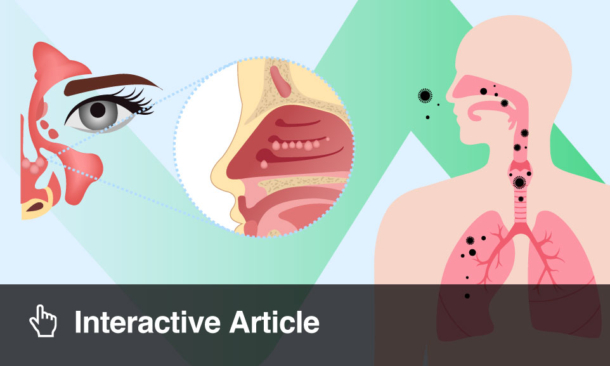WHEAT remains one of the world’s most essential crops, but for individuals with coeliac disease, its primary protein, gluten, is dangerous. Around 1% of the global population is affected by this autoimmune disorder, where even tiny amounts of gluten trigger severe health reactions. The problem lies in gliadin, a component of gluten that is both insoluble and notoriously difficult to detect. For those with coeliac disease or gluten sensitivity, this makes eating out fraught with risk, particularly with the frequent mislabelling and cross-contamination of foods.
To address this gap, researchers have created LEO (Lateral flow Enhanced by Optical imaging), a new portable gluten detection system designed to deliver laboratory-level precision in everyday settings.
Accurate, Fast, and User-Friendly Gluten Testing
LEO combines the proven lateral flow assay (LFA) platform with advanced smartphone-based image analysis. By integrating both competitive and sandwich assay models into a single strip, it achieves highly accurate results while overcoming the traditional limitations of LFAs, such as false positives or negatives.
In practical use, LEO can identify gliadin levels well below the FDA’s 20 ppm safety threshold, with sensitivity reaching as low as 0.1 ppm. Test results are available in under three minutes, with the LEOMyFood mobile app providing instant analysis, record-keeping, and cloud-based sharing. In real-world trials, LEO successfully detected hidden gluten in dishes incorrectly labelled as “gluten-free,” highlighting its value for restaurant dining.
The portability and simplicity of the system make it suitable not only for personal use but also for clinical, industrial, and regulatory applications. This has significant implications given that food allergies, including wheat, peanuts, tree nuts, milk, and shellfish, affect millions worldwide, contributing to healthcare costs estimated at $25 billion annually.
As food insecurity rises globally, and with the risk of allergen cross-contamination persisting in food production and hospitality, innovations like LEO are vital. By empowering individuals to verify gluten safety quickly and reliably, this technology helps restore confidence in eating out and enhances quality of life for those living with coeliac disease or non-coeliac gluten sensitivity.
Reference
Chen WH et al. Empowering gliadin detection: a visible-code semiquantitative lateral flow system for rapid and reliable results. J Agric Food Chem. 2025;DOI:10.1021/acs.jafc.5c07872.






